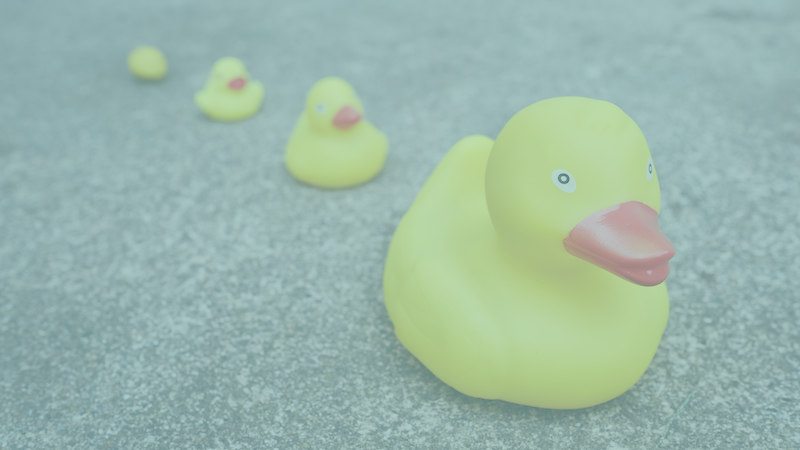Ditch PowerPoint
Episode #3 of the course Present like a pro! by Angela Lussier
Today, we’re going to talk about going beyond PowerPoint and other slide presentations and instead talk about real life props, like the ones you hold in your hands and touch. There are a variety of learning styles in any given audience, and yet we’re often only appealing to the visual and auditory learners. What if we could also include the tactile learners and rouse the grabby child inside all of us?
This talk given by Seth Godin is an amazing example of how props can enhance your presentation and add the “fun” element so often missing from adult learning. In it, he shares a story about Lamb Chop, the loveable sock puppet on TV in the 1980s. In his story, he was up for a film award, and his only competition in the category was Lamb Chop. Rather than show a picture of Lamb Chop on a slide, he brought a stuffed doll of Lamb Chop. When Seth found out he lost the award to the sock puppet, he tossed the doll over his head. This action told the audience Seth was disappointed while also adding an element of visual humor.
I recently gave a talk about how to promote your business through the media and brought a variety of news clippings, printed articles, and marketing materials from my company. I passed them around and let the audience look at them as I told the story of how I was able to secure exposure in certain media outlets, what the promotion resulted in, and how these ideas could help them. I could have taken screenshots or photographs of the newspaper articles and put them all in a slideshow, but having physical pieces to pass around told a stronger story.
The best way to add props and physical items to your talk is by first putting your talk together and then looking for ways to integrate them. They should serve to enhance your presentation, not be your presentation (unless you’re like Steve Jobs and you’re introducing something along the lines of an iPhone).
Your assignment: next time you are giving a talk and you are tempted to use an image to represent an element of a story, think of how you could use a physical object instead. Get creative! Try costumes or accessories (hats, sunglasses, wigs), souvenirs, printed pictures, awards, physical representations of things (a stuffed monkey to represent a real monkey), food, or toys. All these add-ons create more fun, more engagement, and more memorable presentations.
Next time, you’ll learn how including your audience in your talk leads to a greater connection and a greater outcome each and every time.
Recommended book by Highbrow
“Talk Like TED: The 9 Public-Speaking Secrets of the World’s Top Minds” by Carmine Gallo
Share with friends

